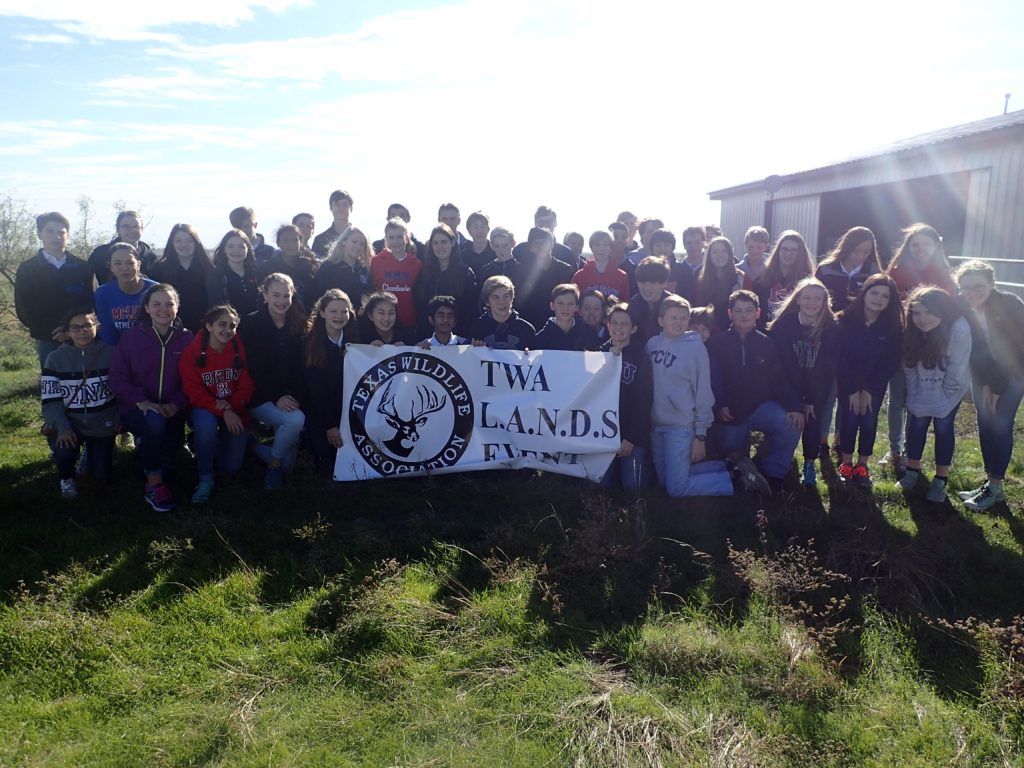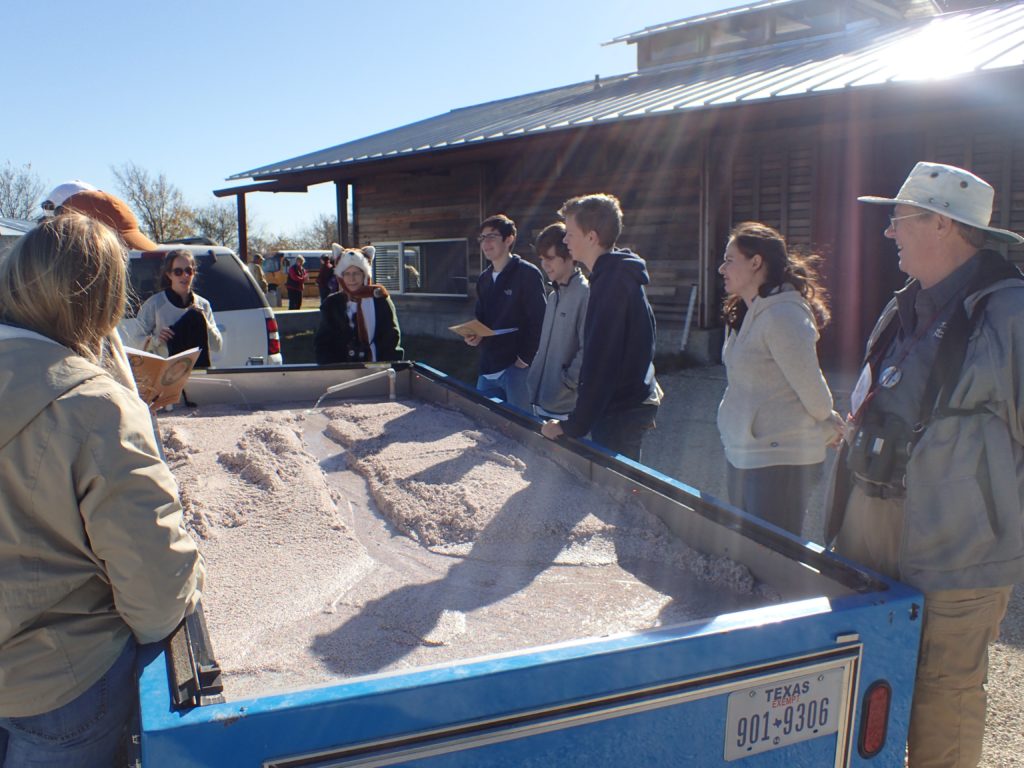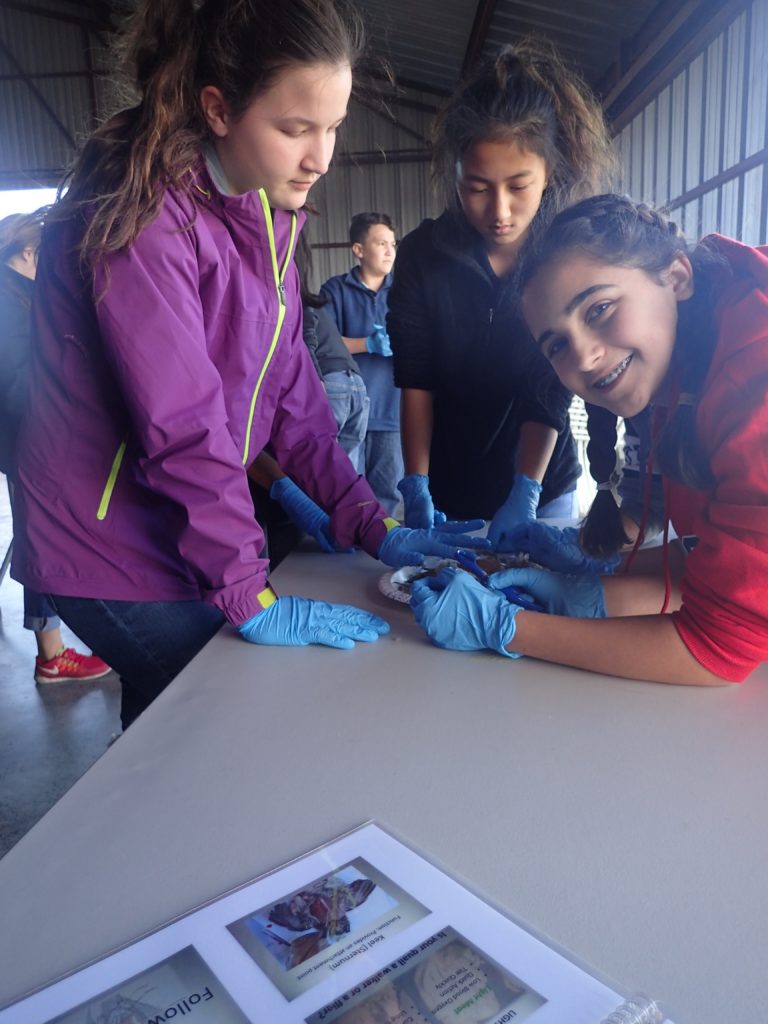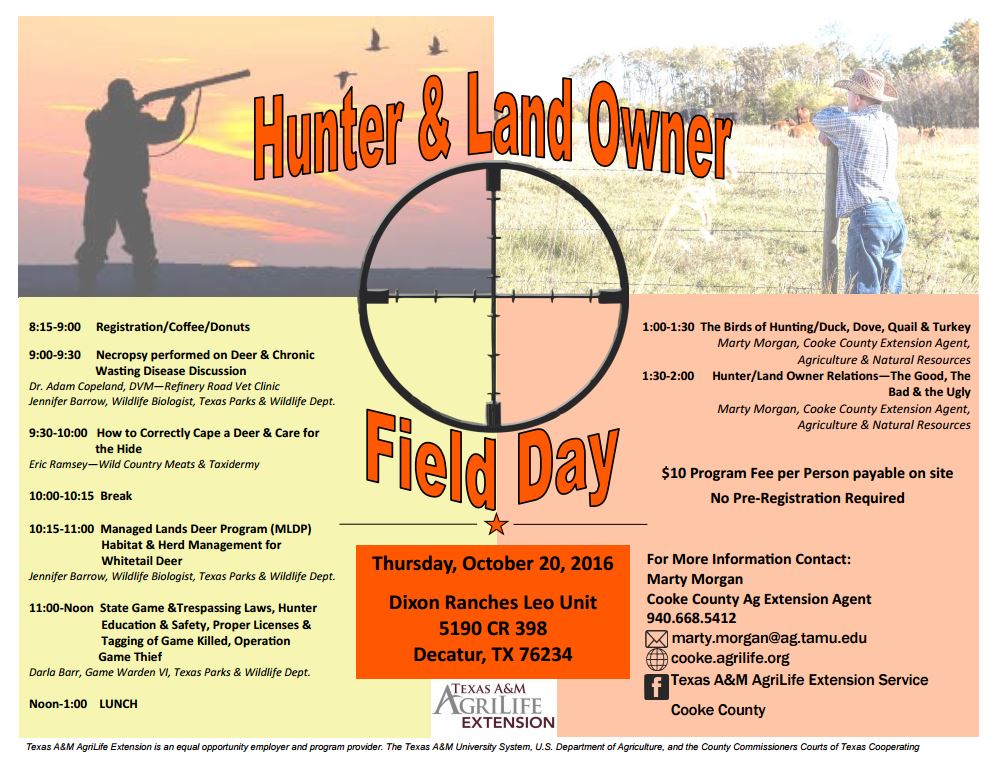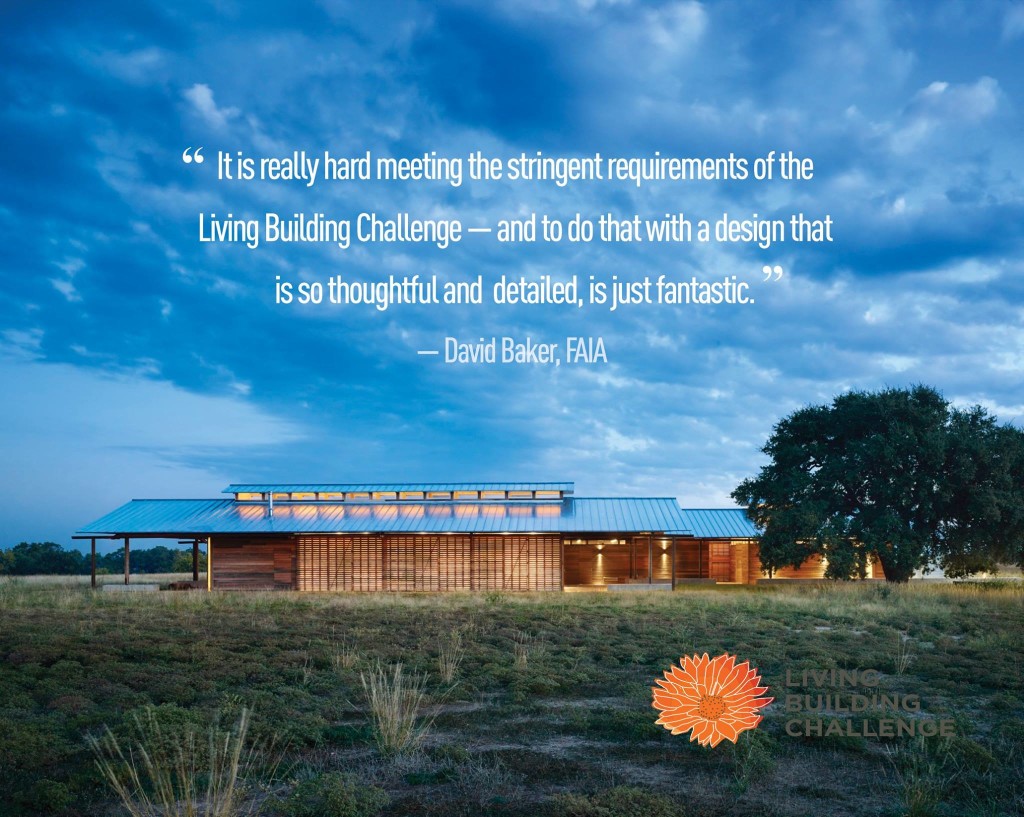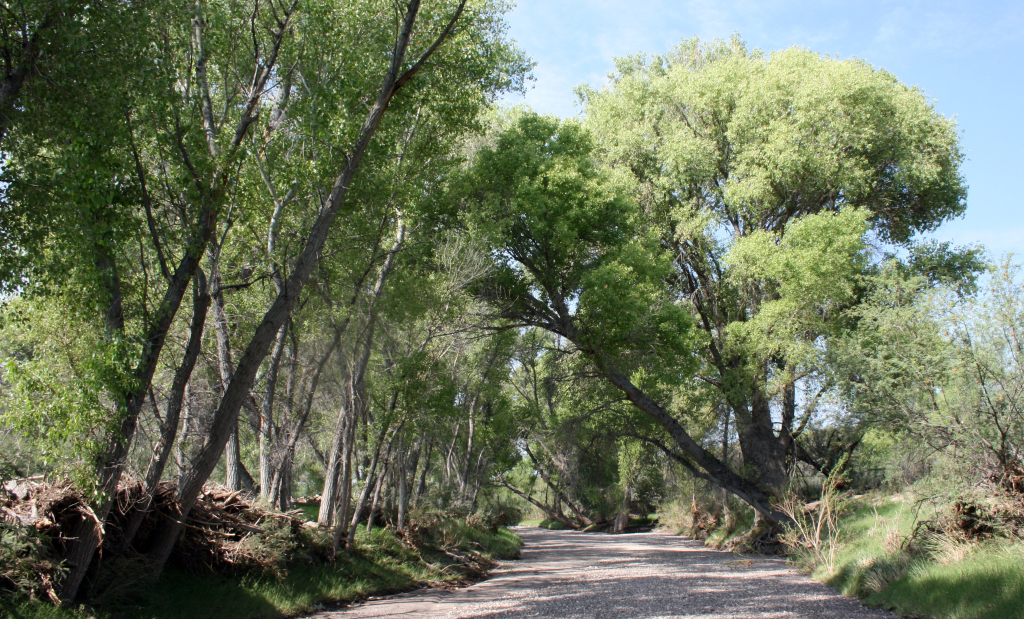Allen Williams, Ph.D., will provide insight and share his experiences as a consultant, rancher and pioneer in grass-finished beef production at Dixon Ranches Leo Unit from 9am to 4pm on May 31. During an in-field discussion, he will also share his perspectives on soil health, adaptive multi-paddock grazing and forage management, high attribute pasture-based meat production, and alternative marketing systems.
The workshop is co-hosted by Dixon Water Foundation and the Noble Foundation. Registration is $15. To register and view the complete schedule for the workshop, visit the Noble Foundation’s website.
Williams is a 6th generation family farmer and founding partner of Grass Fed Beef LCC and Grass Fed Insights LLC, and a partner in Joyce Farms, Inc. He has consulted with more than 4,000 farmers and ranchers in the U.S., Canada, Mexico and South America on operations ranging from a few acres to more than one million acres. Williams pioneered many of the early grass-fed protocols and forage finishing techniques, and has spent the last 15 years refining them.

